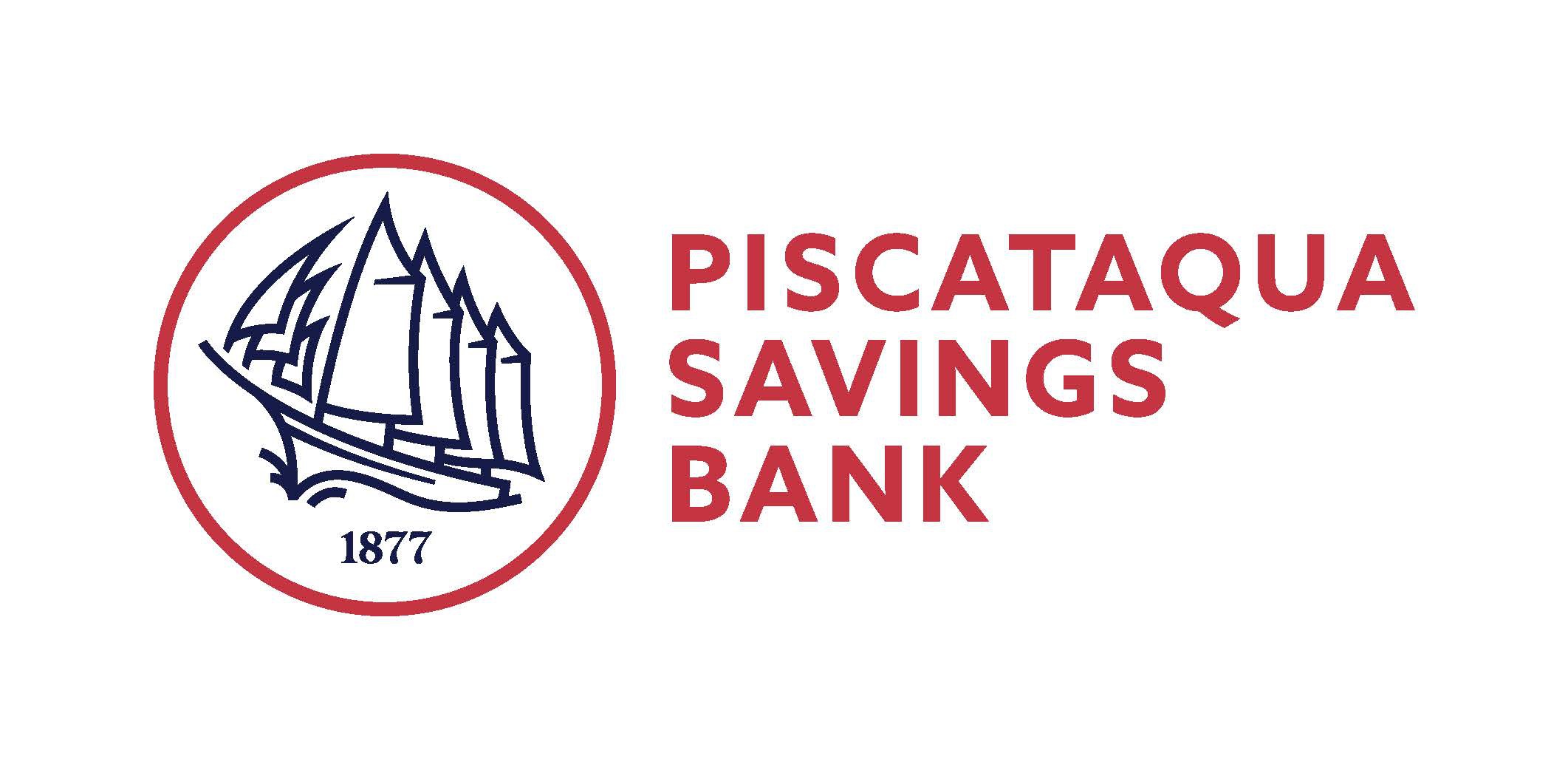2018-2019 Get Cozy Chamber Series
The masterpiece of Olivier Messiaen performed alongside Lennie Peterson’s art exhibit “Synesthesia.”
- Nigun, from Baal Shem Ernest BlochMyPSO Guest Artist Lilia Potter-Schwartz
- About the Art Lennie Peterson
- Quatuor pour la fin du Temps Olivier Messiaen
- Liturgie de cristal (Crystal liturgy)
- Vocalise pour l’Ange qui annonce le fin du Temps (Song without words for the Angel who announces the end of Time)
- Abîme des oiseaux (Abyss of the birds)
- Intermède (Interlude)
- Louange à l’Eternité de Jésus (Praise to the Eternity of Jesus)
- Danse de la fureur, pour les sept trompettes (Dance of fury, for the seven trumpets)
- Fouillis d’arcs-en-ciel, pour l’Ange qui annonce la fin du Temps (Cluster of rainbows, for the Angel who announces the end of Time)
- Louange à l’Immortalité de Jésus (Praise to the Immortality of Jesus)

Lennie has also worked and performed with a variety of artists including Tony Bennett and Aretha Franklin. He is currently trombonist and multi-instrumentalist with the New England based world music group, Entrain.
Lennie’s award-winning artwork has been purchased throughout the world and featured in exhibitions around the United States including solo exhibitions at Harvard University, The Boston Convention Center, and in New York City and Los Angeles. His composer portraits are included in art collections in Japan, Wales, Argentina, and throughout the United States. His illustrations have been featured in publications and web sites internationally.
“The Big Picture”, Peterson’s nationally syndicated daily comic strip, appeared in more than 100 newspapers and was published as a book collection by Andrews/McMeel Publishing. It is currently running as a daily feature on the sydicate’s website, www.GoComics.com. In addition, he has written and illustrated over a dozen humor and children’s books.
Lennie has also served as Co-Creative Director and consultant for Bose Corporation for various custom projects. This included the overseeing and management of script writing, conducting, composing, producing, animation, recording, and educational aspects of Bose music and film. He was Co-Producer and Co-Creative Director for the film, “Musically Speaking”, developed for public schools world-wide to teach children the appreciation and life enhancing values of music. Other clients include EMC corporation, Colubris, Stratus Technologies and, most recently, Ford Motor Company.
Lennie was born in Central Massachusetts, his father a musician and his late mother a visual artist. When he is not traveling, he resides in a seaside community on the South Shore of Boston, MA. He is currently working on his next book, based on his “Seven Laws of Creative Genius” public speaking program.
Mary Towse-Beck, piano
Pianist Mary Towse-Beck has been a performing artist for the past twenty-five years. Equally at home as both soloist and collaborative artist, she has performed throughout Europe, Australia and the United States. She has been a featured artist on Australian National Radio and on public radio in the United States. After having lived in England for twenty years, Mary returned to the United States in 2007 and now resides in New Hampshire. She has given a solo recital at Weill Recital Hall at Carnegie Hall and has appeared as soloist with the Portsmouth Symphony. She has a keen interest in developing and nurturing the talents of young musicians and continues to work toward providing opportunities for youths in New Hampshire.Mary received her Masters and Bachelors of Music from Indiana University where she studied with James Tocco and Edward Auer and also received coaching from many renowned teachers including Josef Gingold, Janos Starker and Gyorgy Sebok. She attended Eastman School of Music as an undergraduate studying with Rebecca Penneys, after having studied with Jerome Rose in her hometown of Toledo, Ohio. After completing her Masters, she continued her studies in London with Norma Fisher and Benjamin Kaplan.
Zoia Bologovsky, violin
Zoia is an active musician in the New England area. A graduate of the Juilliard School, Zoia has had many adventures touring as first violinist with the Arden String Quartet around America and Europe. She has held positions with the Portland and Springfield Symphonies and Rhode Island Philharmonic as well as Symphony New Hampshire. Currently, Zoia is Concertmaster of North Shore Philharmonic and the Portsmouth Symphony. She is also Principal 2nd violin of PORTopera, and can be found teaching at St Paul’s School in Concord, NH, and her studio in Stoneham, MA. Some of her favorite work involves Musical Theater. Zoia is a frequent performer at Providence Performing Arts Center, North Shore Music Theater, Hanover Theater in Worcester and the Boston Opera House playing touring and local Broadway shows.
Dorothy Braker, cello
Dorothy had her very first lesson in music at the age of 4 with Dr. Shinichi Suzuki, whose new idea about musical study through unlocking each child’s innate potential was first being brought to the United States. Her studies in cello, starting at the age of 8, were with Lois Yopp, Phil Blum, Karl Fruh, and Harvey Shapiro. A graduate of the Juilliard School with both Bachelor of Arts and Masters of Music degrees and primarily a soloist and chamber musician, she has performed extensively across the United States, chiefly with educational performances associated with “Music History a bore? Not a chance!” that went across the Appalachian Valley in local schools, many schools in New York State, and to many fine museums and libraries, including the Newberry Library in Chicago and the Bennington Museum in Vermont.As the founder and Artistic Director of Aliento Chamber Players, she performed and managed a five-year chamber music concert series in the Seacoast area. Here in New Hampshire, in addition to many chamber music and solo appearances with area groups including the Portsmouth Symphony and Merrimack Valley Orchestra, she is principal cellist and Outreach Coordinator with The Portsmouth Symphony, coaches chamber music and has a private studio of students.As an organizer within The Portsmouth Symphony, she helped to create and currently maintains the Concerto and Aria Competitions; is the Artistic Director, coach and arranger for the MyPSO youth music arm of the Portsmouth Symphony that also has an outreach concert series for local schools, and is the Artistic Director for the “Get Cozy with the Portsmouth Symphony” monthly chamber music concert series at the Dance Hall in Kittery, Maine, now beginning its fourth season.
John Ferraro, clarinet
John has performed and taught extensively throughout New England. He is equally at home performing orchestral and chamber music. He studied at the University of Massachusetts Amherst where he obtained both his bachelors and masters degrees in music education and clarinet performance. While at UMass, he studied clarinet with Michael Sussman and visiting professor Allan Meyer of the West Australian Symphony in Perth, Australia. In addition, he studied with clarinetists Douglas Metcalf, Julia Frothingham, and Rebecca Leonard. Past teaching positions include adjunct-professor of clarinet at Keene State College and Mt. Holyoke College. He has performed with the resident faculty Avanti Wind Quintet of the University of Massachusetts Amherst, Keene State Faculty Recital Series, Monadnock Chorus Orchestra, Waltham Symphony, Smith College Orchestra, Tufts University Orchestra, The New England Philharmonic, and the PARMA Orchestra. He was also a guest artist in the 2013 and 2014 PARMA Music Festival where he performed the New England premiere of Michael Murray’s Five Blake Songs for clarinet and Mezzo-soprano and the New Hampshire premiere of Andrew Bonacci’s The Caged Bird for clarinet alone. He also is featured on two Navona recordings, Percipience and Voyage. He currently is the principal clarinet of the Portsmouth Symphony (NH), teaches clarinet privately, and is a high school music educator at Boston Public Schools. When not playing clarinet or teaching, he spends his time with his wife Erica and their two children, Isaac and Rebekah.
Lilia Potter-Schwartz, violin
Lilia Potter-Schwartz, a freshman at Portsmouth High School, has been playing the violin for eleven years, since she was four years old. She currently studies with Heather Braun. This year Lilia was selected for the New Hampshire All-State Orchestra and for the NH All-State Chamber Festival, as a member of the first violin section. Currently, she is a member of the Portsmouth Symphony Orchestra and MyPSO program. She has attended the Ithaca College Suzuki Summer Institute for nine summers and participated in the advance program for two summers. Lilia played in the Seacoast Youth Symphony Orchestra (previously Bow Street Orchestra) for eight years, most recently serving as the concertmaster. Lilia also performs frequently at Portsmouth Junior High School, as well as at various community events, including weddings and fundraisers.
Nigun from Baal Shem “Three Pictures of Hasidic Life” (1923)
Written the year that Ernest Bloch (born Swiss) became an American citizen, “What interests me,” wrote Bloch, “is the Jewish soul, the enigmatic, ardent, turbulent soul that I feel vibrating throughout the Bible…it is all this that I endeavour to hear in myself and to transcribe into my music; the venerable emotion of the race that slumbers way down in our souls.” Written in a style suggesting an almost euphoric religious chanting, Bloch was recreating a mood without attempting to copy any former composer or religious ceremony. The Baal Shem Tov was a Rabbi who taught his followers that the way to get closer to G-d was through losing yourself in music and dance. Nigunnim in the Jewish faith are chants without words.
Quatuor pour la fin du temps, Olivier Messiaen (1941) was premiered on 15 January 1941 at Stalag VIII-A, Görlitz, Germany (now Zgorelec, Poland).
During the Second World War the Nazis, along with concentration camps, had many prisoner of war camps throughout Europe. Many members of the French Army were captured and sent to camp Stalag VIIIA in Silesia. Olivier Messiaen, Jean Le Boulaire, Henri Akoka, and Etienne Pasquier were among the many who were in this camp. Messiaen, composed the Quartet for the End of Time while he was in this prison camp. The instrumentation of clarinet (Akoka), violin (Boulaire), cello (Pasquier) and piano (Messiaen) was used because that’s what Messiaen had available to him in the camp when he befriended the three musicians. Amazingly, the Nazis allowed Messiaen and the musicians to rehearse the piece, and provided equipment for the musicians. The premier of the piece was on January 15th, 1941 by the above musicians at Stalag VIIIA, with an audience of [thousands] of fellow prisoners, as well as German military personnel. The performance was a great success and Messiaen recalled with humility that “never has my music been listened to with such consideration and understanding.”
Messiaen also was a famous ornithologist, which is someone who studies birds. Throughout the piece, Messiaen imitates bird song, in various instruments, particularly in the first and third movements. Messiaen also was jealous of the birds because they could fly in and out of the camp while he was trapped inside the “abyss” of Stalag VIIIA.
Messiaen, besides being a composer and ornithologist, was a Catholic Mystic. The piece is based on Revelations according to Saint John, chapter 10. In the preface to the score Messiaen writes about the piece and describes each movement.
And I saw another mighty angel coming down from heaven, wrapped in a cloud, with a rainbow on his head; his face was like the sun, and his legs like pillars of fire . . . Setting his right foot on the sea and his left foot on the land . . . and, standing on the sea and on the land, he raised his right hand toward Heaven and swore by He who lives forever and ever . . . saying “There will be no more Time; but in the days when the seventh angel is to blow his trumpet, the mystery of God will be fulfilled.”
(Revelation of Saint John, Chapter 10).
The piece was directly inspired by the above passage from Revelation. Its musical language is essentially ethereal, spiritual, and Catholic. The modes, realizing melodically and harmonically a sort of tonal ubiquity, bring the listener closer to infinity, to eternity in space. The special rhythms, independent of the meter, powerfully contribute to the effect of banishing the temporal. (But given the sublime nature of the subject, all of the above serves merely as inarticulate and tentative explanation!)
This quartet comprises eight movements. Why? Messiaen said “Seven is the perfect number, the Creation in six days sanctified by the divine Sabbath; the seventh day of this repose extends into eternity and becomes the eighth day of eternal light, of unalterable peace.”
I. “Crystal Liturgy.” Between 3 and 4 o’clock in the morning, the birds awaken: a solo blackbird or nightingale improvises, surrounded by dust whirls of sounds, and by a halo of harmonics lost high up in the trees. Transpose this onto a religious plane: you have the harmonious silence of heaven.
II. “Vocalise, for the Angel Who Announces the End of Time.” The first and third sections (both very brief) evoke the power of this mighty angel, crowned with a rainbow and clothed in a cloud, who places one foot on the sea and the other on the land. The “middle” [second section] evokes the impalpable harmonies of heaven. In the piano: gentle cascades of blue-orange chords, encircling with their distant carillon the plainchant-like song of the violin and cello.
III. “Abyss of the Birds.” Unaccompanied clarinet. The abyss is Time, with its weariness and gloom. The birds are the opposite of Time; they represent our longing for light, for stars, for rainbows, and for jubilant song!IV. “Interlude.” Scherzo, in a more outgoing character then the other movements, yet related to them nevertheless by melodic “recalls.”
V. “Praise to the Eternity of Jesus.” Here, Jesus is considered the Word of God. A long phrase in the cello, inexorably slow, glorifies, with adoration and reverence, the eternity of this mighty yet gentle Word, “of which the ages never tire.” The melody unfolds majestically, as if form a regal yet soft-colored horizon. “In the beginning was the Word, and the Word was with God, and the Word was God.”
VI. “Dance of Fury, for the Seven Trumpets.” Rhythmically, the most characteristic movement of this series. The four instruments in unison create the effect of gongs and trumpets (the first six trumpets of the Apocalypse followed by various calamities, the trumpet of the seventh angel announcing the fulfillment of the mystery of God). Music of stone, tremendous ringing granite; perpetual motion of steel, of enormous blocks of purple fury, of frozen intoxication. Listen, above all, to the terrifying fortissimo of the theme in augmentation and register alteration toward the end of the movement.
VII. “Tangle of Rainbows, for the Angel Who Announces the End of Time.” Certain passages here recall the second movement. The Angel full of might appears, and in particular the rainbow that crowns him (the rainbow, symbol of peace, wisdom, and of every luminous sound and vibration). In my dreams, I hear and see classified chords and melodies, common colors and forms; then, after this transitory stage, I pass into unreality and lose myself in a rapture to a whirling, a gyrating of blue-orange lava, these shooting stars: this is the tangled skein, these are the rainbows!
VIII. “Praise to the Immortality of Jesus.” Long solo for violin, the counterpart to the cello solo in the fifth movement. Why this second eulogy? It addresses more specifically the second aspect of Jesus: Jesus the Man, the Word made flesh, immortally resurrected, to impart us his life. This movement is pure love. The progressive ascent toward the extremely high register represent the ascension of man toward his Lord, of the son of God toward his Father, of deified man toward Paradise. —–And I repeat again what I said earlier: “Given the sublime nature of the subject, all of the above serve merely as inarticulate and tentative explanation!”
Notes by John Ferraro, taken from Anthony Pople, Messiaen: Quatuor pour la fin du Temps (Cambridge: Cambridge University Press, 1998), and Olivier Messiaen, Quatuor pour la fin du Temps (Paris: Durand, 1941), preface.





